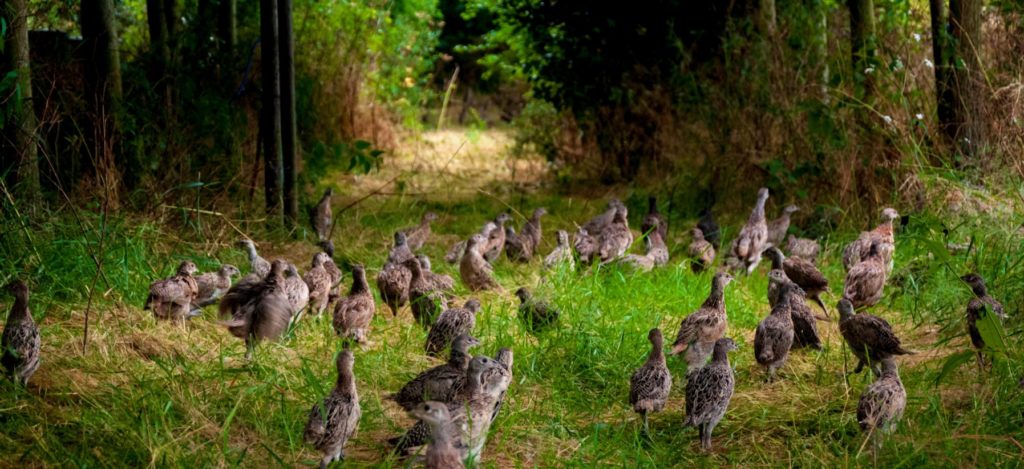Today is the opening day of the Pheasant-shooting season

Today is the first day of the Pheasant-shooting season.
Pheasants are not native to the UK, they were brought here by the Romans, but the Romans didn’t breed 50 million Pheasants in captivity and release them into the countryside for recreational shooting, did they?
Legal action by Wild Justice, which started in summer 2019, led to DEFRA agreeing (in autumn 2020) to introduce restrictions on the release of Pheasants (and Red-legged Partridges – 12 million of them are released for shooting too). Pheasants have been added to Schedule 9 of the Wildlife and Countryside Act in England which means that it is illegal to release them into the countryside except under licence. DEFRA have issued licences which will allow many of the previous releases to go ahead but not all of them. In particular, sites of nature conservation importance should be better protected from the direct impacts of gamebirds eating invertebrates, vegetation, reptiles and scratching around and pooing in such vast numbers.
We’re unconvinced that these regulations are tight enough and will be watching carefully what happens (and the situation is complicated by Brexit and coronavirus – isn’t everything?).
But make no mistake about it – the changes brought in as a result of Wild Justice’s legal challenge represent a massive reform of gamebird shooting in the UK. Pheasant and Red-legged Partridge are now listed along with Grey Squirrel, American Crayfish and Japanese Knotweed as species that cause harm and whose releases must be controlled.
About 15 million of those 50 million Pheasants are shot for fun, and some of those find their way into the human food chain, although far too many are discarded and buried or dumped in the countryside.
Most Pheasants which are shot in the UK are shot with lead ammunition. Lead is a poison – that’s why we’ve got rid of it from petrol, water pipes, paint, fishing weights and other sources. And yet we shoot lead pellets into birds that enter the human food chain. The Food Standards Agency advise everyone to reduce their intake of lead in food but especially that women trying to get pregnant, pregnant women, toddlers and young children should avoid eating game meat shot with lead. Did you know that? No? Well, we don’t expect that many people do because when you buy lead-shot game in supermarkets, from butchers or at market stalls there are no warnings or labels.
Wild Justice is pressing the FSA to bring in proper labelling of game meat with warnings about lead content, and we shall be testing supermarket game meat for lead levels again this coming autumn. So far, only Waitrose has committed to supply lead-free shot game and only Waitrose label their game meat with health warnings.
Here are some interesting facts about Pheasants:
- the weight of captive-bred, released non-native gamebirds is the same as all the native birds in the UK put together
- the scientific name for Pheasant is Phasianus colchicus – the ancient land of Colchis in present-day Georgia is just about the closest to here that truly wild Pheasants live, and most of their natural range is from the Black Sea east to China and Japan
- Pheasants are omnivores and eat everything from reptiles – including lizards and even snakes – to invertebrates and many plants. The ecological impact, of such huge numbers, and of their droppings, is of concern to conservationists.
- nearly half the Pheasants in the European countryside are found in the UK alone.
- about a fifth of the Pheasants released each year for shooting are eaten by Foxes before the shooting season starts – predator populations are thought to be artificially high in the UK partly because of this ‘free meat’, and that might well have impacts on other native wildlife such as ground-nesting birds such as waders.
Makes you think doesn’t it?
To donate to Wild Justice’s work by bank transfer, PayPal or a cheque in the post – click here
